This week we conclude our series of four episodes to walk through 40 images from my second Japan Winter Wildlife tour for 2016. Today we visit the Notsuke Peninsula to find an adorable Northern Red Fox, then back to the Seal Eagles, before finishing with a little bit of landscape work in Utoro.
We pick up the trail on day ten of our 12 day tour, after our second session photographing the sea eagles from a boat in Rausu, when we headed back out initially to see if we could find an Ural Owl. We revisited a few spots where I know there to be a nest, but there was no owl for us to photograph, so we’d missed out on this tour.
After that, we headed over to the Notsuke Peninsula, where we were treated with an encounter with this beautiful Northern Red Fox (below). He was sitting on top of a snow covered truck trailer with fishing nets and floats poking through the snow. And, having seen my image of the fox yawning from last year, one of the participants was just saying that she’d love for him to yawn, and he did the honors.
I actually shot this at 1,120mm. I was using my 200-400mm lens, with the internal 1.4X Extender engaged, and a 2X Extender fitted. Ideally, if I’m going to attach the 2X Extender for a focal length of 800mm, I like to keep the internal Extender out of the mix, but I gave this a try, and it worked out OK. The image is a little bit soft, with all that magnification, but with it being a 50 megapixel file, there’s enough resolution to still print pretty large if I needed to, so all is good.
My settings here were 1/640 of a second at f/11, ISO 400. The aperture of f/11 is forced on me here because of the Extenders. It’s an f/4 lens, but the 2X Extender forces me down to f/8, and the 1.4X Extender forces the aperture down to f/11, so there’s no going wider, and of course, no auto-focus past f/8, so I was manually focusing here too, while resting on the window of our bus.
The following morning, on Day eleven, we headed back out for our third morning on the boat, to photograph the sea eagles. The weather had kept us from doing dawn shoots each of the previous days, but this works for us when it’s overcast, because there is no sunrise to speak of, that would make for a beautiful back drop. Also, as there was no sea ice for the entire season this year, there’s nothing for the sea eagles to perch on with the sunset in the background, so in many ways, the later starts suit us more.
On this third morning though, the weather was promising to provide us with a bit of color in the sky from the sunrise, and that would give us some new opportunities that we had not had on the first two days, so I was quietly optimistic that this would turn out to be a good shoot.
We started while it was still relatively dark, but the sun over the Kunashiri Island was reflecting in the water by this point. Here you can see that I decided to silhouette this White-Tailed Eagle against the slightly orange water.
We generally start off a shoot like this, where the birds fly closer to the sun, with our cameras set to Aperture Priority mode, as that helps the camera to shift the exposure as the background gets brighter. That automatically gives us a silhouette as the birds fly over a bright background, and helps to prevent the background from blowing out too much.
By the time I’d made this photograph though, I was back in Manual mode. I’m just more comfortable in Manual mode, so I like to switch back as soon as I can. My settings here were 1/500 of a second at f/8, ISO 2000, at 278mm.
It does mean though that as we photograph towards the sun, the exposure needs to be tweaked, but as suns rays started to form over the Kunashiri Island, I adjusted my exposure and got a few frames like this one, with a White-Tailed Eagle flying over this almost biblical looking backdrop (below). I have a number of these that I really like, although this is probably one of my favorites.
As you can see, there was still a good amount of cloud around from the storms over the previous few days, but these really helped to create a dramatic sky to form those sun rays, making the nice backdrop for the eagle in flight. There are a couple of areas of the clouds that are a little over-exposed, but I’m happy with the balance. If you try to stop clouds around the sun from blowing out completely, the entire image can get a bit dark, and when you consider how bright these areas are in reality, I don’t think it’s necessary to go much darker than this. My settings were 1/1000 of a second, to freeze the bird in flight, with an aperture of f/10, ISO 640, at 330mm.
This next image is from eighteen minutes later, when a caught a Steller’s Sea Eagle catching one of the fish that we threw out, from a somewhat still patch of water. If you look at the very top of the frame here, you can see a little bit of more textured water creeping in. These still patches are left in our wake, after we’ve maneuvered through the water, and can help to give us a slightly different feel to our images, as you can see here (below).
This is one of a pair of images from my final selection, with the other having much more distance between the splash and the eagle, which I prefer, but you can’t see the eagles face in the other image, so I chose this one to share with you. My settings here were 1/1000 of a second at f/8, ISO 1600, at 400mm.
I was using my 100-400mm lens for the entire time while shooting from the boat. It worked really well with the Canon EOS 5Ds R camera, and although I cropped some of these images a little bit, I still ended up with some beautiful high resolution images that I’m finding are printing absolutely beautifully, and I’m loving having the freedom to go full-frame wide, as well as zoom right in and then crop as necessary, and still have a larger image than those from my 7D Mark II. Of course, there are times when I don’t have to crop at all, and then the detail captured is absolutely off the charts.
OK, so this next image is the last eagle photo that I’ll share from this season. Here we see a Steller’s Sea Eagle coming in, with those incredible talons out in position to catch his fish (below). As I mentioned last week, these birds will pretty much always fly into the wind when they swoop down like this, and the wind was coming from the land out towards the sea, with the sun across the sea over the Kunashiri Island, so even though I’ve photographed this guy from a different angle than most of the other shots, the light is still coming from behind him, which is a shame, but cannot be helped.
To bring back some of the detail I’ve increased the Shadows slider in Lightroom right up to 100, and the Blacks slider up to 60, then bumped the Clarity slider up to 55. Because I was exposing to the right, to get the white on the eagle perfectly exposed, my shadows weren’t totally plugged up, and my ISO being at 400 by this point also helped, so there isn’t a lot of noise that has been introduced by this somewhat extreme processing. My other settings for this were 1/1000 of a second shutter speed, at f/10, with a focal length of 400mm.
After our final eagle shoot, we started the drive around the base of the Shiretoko Peninsula, to the town of Utoro on the other side, where we’d spend our final night. On the way, we made our customary stop at a copse of birch trees, where I introduce the group to the wonders of intentional camera movement photography. As the weather was clear by this point, and quite bright, the copse on the side of the road that I usually like to photograph was a little bit too bright, so we walked back a little way, to another batch of trees that had a darker background, as you can see in this photograph (below).
You know, I never get tired of photographing the wildlife on this trip, but I have to admit, I didn’t really need another white on white birch tree shot, and although I’d been shaking it up a little bit on the first tour for this year, I was really happy to get something really quite different on this second tour. I think the fewer number of birch trees against the black background worked really well here, and although I’m not overly happy with those few patches of blue, I think this complements the other white on white shots quite well.
As usual, my settings for this image were 1/25 of a second, and to get to that shutter speed, I’d selected an aperture of f/13, ISO 100, and I was using my 24-70mm f/2.8 II lens at 61mm. Although it’s usually dark enough to get down to 1/25 of a second with an aperture of f/16 or so, it was so bright on this day, that we had to use an ND8 neutral density filter to reduce the amount of light hitting our sensors, and because not everyone had one, we loaned each other these filters and played with the scene a little longer than usual before heading on for lunch, and then on to Utoro.
As we reached the coast again, it seemed ironic for there to have been sea ice, all the way up to the shore, and stretching out into the Sea of Okhostk, as far as the eye could see. There has been no ice in Rausu for the entire season this year, but by this point, it had made it’s way down to Utoro. It just wasn’t going around the tip of the Shiretoko Peninsula and down into the Nemuro Strait, which is of course where we need it, to be able to photograph the sea eagles with the sea ice.
Our first stop in Utoro was to shoot the Oshinkoshin Falls, as you can see in this photo (right). Again, because it was a clear day, it was a bit too bright for photographing waterfalls. They are much better to photograph on overcast days, but we made the most of the situation, as usual.
For this I used an ND8 neutral density filter, to give me a three stop longer exposure, taking my shutter speed to 0.4 seconds at f/16. I generally like to go a little bit longer, up to around 0.8 or one second, but it was too bright for that, and I don’t like to go smaller than an f/16 aperture because that starts to introduce diffraction. My next ND down is an ND1000, which is a bit too dark as well, so I just lived with this exposure.
After photographing the falls, I crossed the road to the fence from which we can look out across the sea, and made this next photo (below).
For this photo I was using the ND1000 which is 10 stops, coupled with a three stop ND8 for a 120 second exposure at f/22. As you can see, the foreground sea ice has hardly moved, but the ice further out to sea has moved during the exposure, so it has blurred, along with the clouds where were moving a bit, although not a great deal.
Now, before you start thinking that I’m being a hypocrite here, as I just said that I don’t like to go below f/16 because of diffraction, I will, if I have a good reason to, but then I’m basically committing to opening the image in Canon’s Digital Photo Professional, and using the Digital Lens Optimizer to remove the diffraction, which it is actually very good at. Canon designed the lenses by computer, so they can basically reverse engineer the light as it travels through the lens, and remove the affects of diffraction.
I don’t like to use Digital Photo Professional, because I absolutely hate everything else about the program, but I will use it if absolutely necessary, such as in times like this, when I have to stop down for a really long exposure. Because I have to save the image as a TIFF to get something with the Lens Optimizer corrections, I then just take that TIFF file into Silver Efex Pro to convert to black and white.
After we photographed the Ice Floe and the falls, we drove along to just past the town of Utoro, and went to the mouth of a river there, and I made this photograph (below). I shot this at my sweet-spot aperture of f/14, which is my soft-ceiling for how small I like to go before I even start to think about diffraction.
This once again was converted to black and white in Silver Efex Pro. As I’ve mentioned before, I’m trying to convert more of my images to black and white in Lightroom, but I’m just really not getting the look I like for all of my images, so I’m finding it hard to leave Silver Efex behind, and I still have not found another application that works as well, as dated as Silver Efex is now. My shutter speed for this image was 70 second, at ISO 100, 67mm, with my 24-70mm lens.
After this last shoot for the day, we went to our hotel and enjoyed our last dinner together as a group, in the amazing banquet hall and buffet at the hotel that we use here. The next morning we went up into the Shiretoko National Park for our final shoot of the tour, and as usual, we split the group into two, with one group going down into the valley to look for deer, and I remained at the top, hoping to photograph the Great Spotted Woodpecker.
After an hour or so of walking around, enjoying the fresh morning air and the snow, we still hadn’t heard a single peck from the woodpeckers, so we went back to the bus, and just as I’d broken down my camera, we saw one flying from tree to tree on the other side of the car park.
I didn’t have time to put an Extender back on, but those among the group that were interested all rushed back off the bus to capture this beautiful little guy, that we can see in this image (right).
I had to crop in quite a bit on this, but still have a 25 megapixel image, so again, more resolution than I would have had using my 7D Mark II, but I have the freedom to crop a little wider as necessary, which I’m enjoying.
I love the catchlight in this woodpeckers eye, and the detail captured overall is astonishing, especially when you consider it was hand-held with the 200-400mm with the built-in 1.4X Extender engaged for a 560mm focal length.
I did ensure that I had a good shutter speed of 1/1000 of a second though, to help me keep it steady, and my ISO was set to 400, for what would turn out to be the last photograph of the tour.
After this little bit of excitement to end our morning shoot, we drove towards the Memanbetsu Airport where we’d fly home from, and as usual, I went around the bus with my digital recorder and recorded a message from each of the amazing participants for this tour, so I’d like to play that to you now.
[Listen to the audio using the player at the top of the post to hear what the participants had to say about our tour.]
How great to hear there voice of the group again, now more than a month after we parted company. Thanks so much everyone. It was an absolutely pleasure traveling with you all.
And that concludes our Japan Winter Wonderland travelogues for this year. I hope I haven’t bored you going through each tour in so much detail. I really did have a great time running these tours, and in spite of the weather taking away a number of opportunities, I honestly feel that we were presented with many more amazing opportunities, and this turned out to be the most productive season we’ve had for a while, so I hope you’ve enjoyed looking through my images with me.
2018 Winter Wonderland Tours
Before we finish, I’d like to remind you that we are now taking bookings for the 2018 Snow Monkeys & Hokkaido Tours. For details and to book your place, visit the tour page at https://mbp.ac/ww2018. Our 2017 tours are already sold out, but if you’d like to be put on the wait list, please contact us.
Show Notes
Details of the 2018 Tours: https://mbp.ac/ww2018
Subscribe in iTunes for Enhanced Podcasts delivered automatically to your computer.
Download this Podcast in MP3 format (Audio Only).
Download this Podcast in Enhanced Podcast M4A format. This requires Apple iTunes or Quicktime to view/listen.


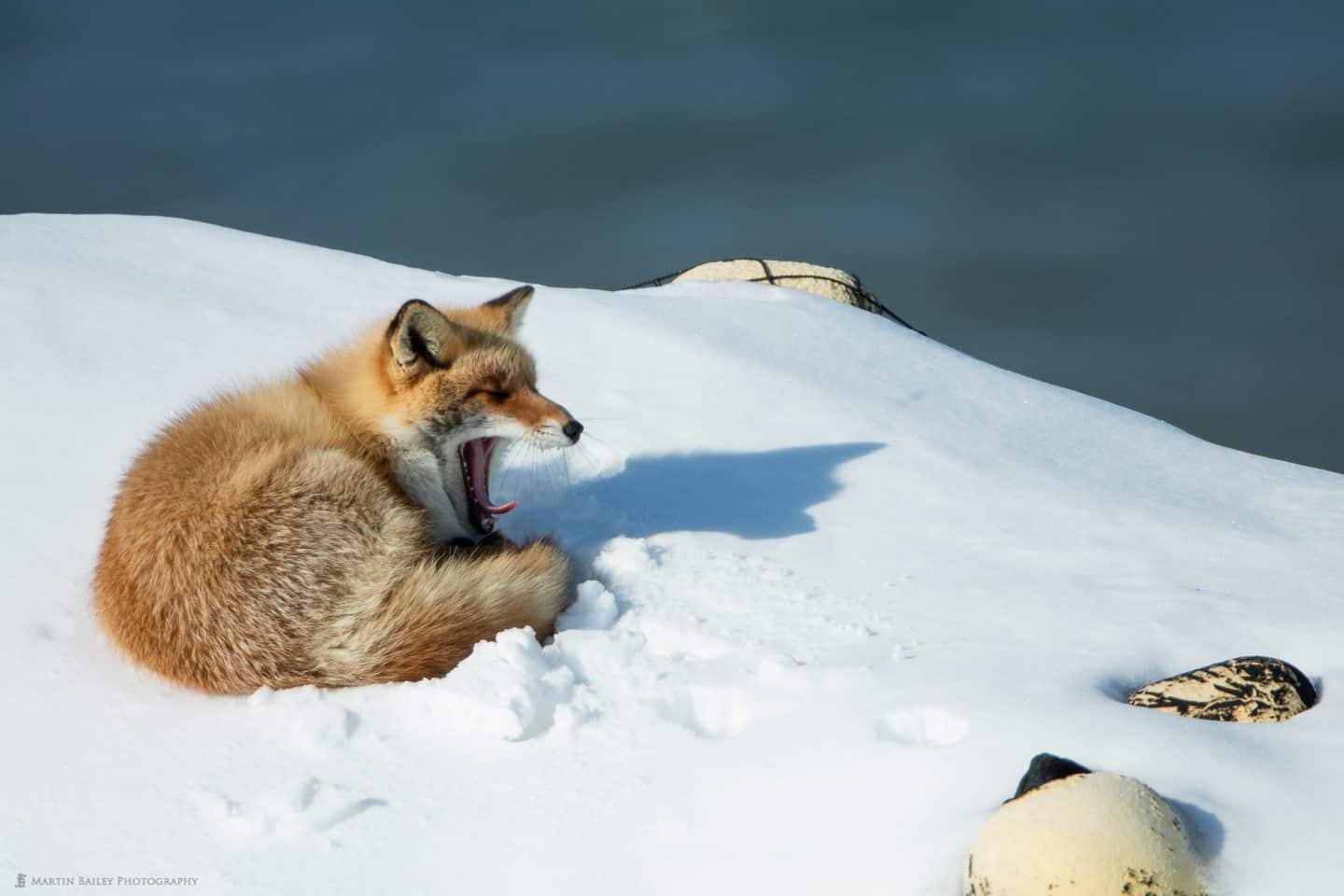
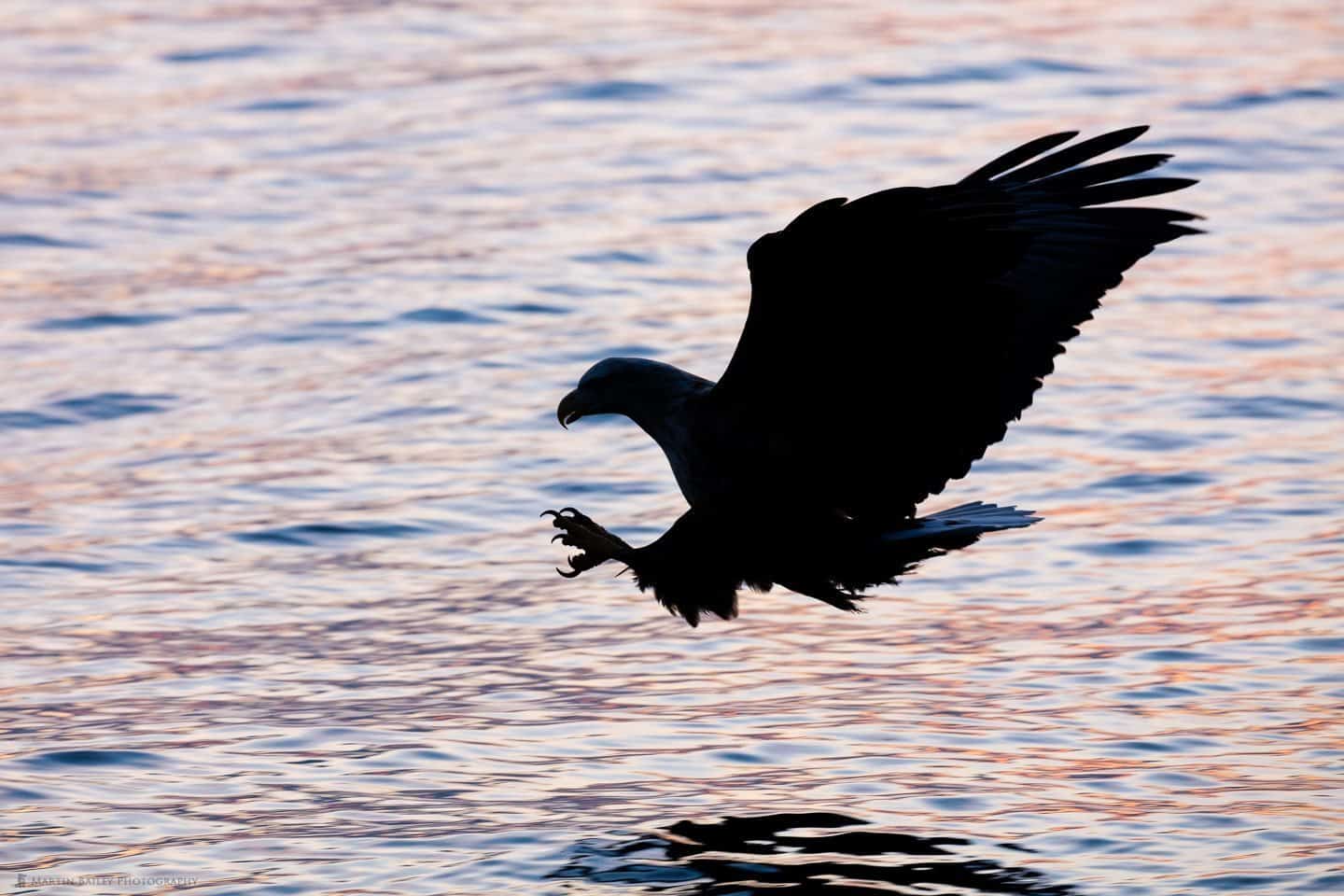
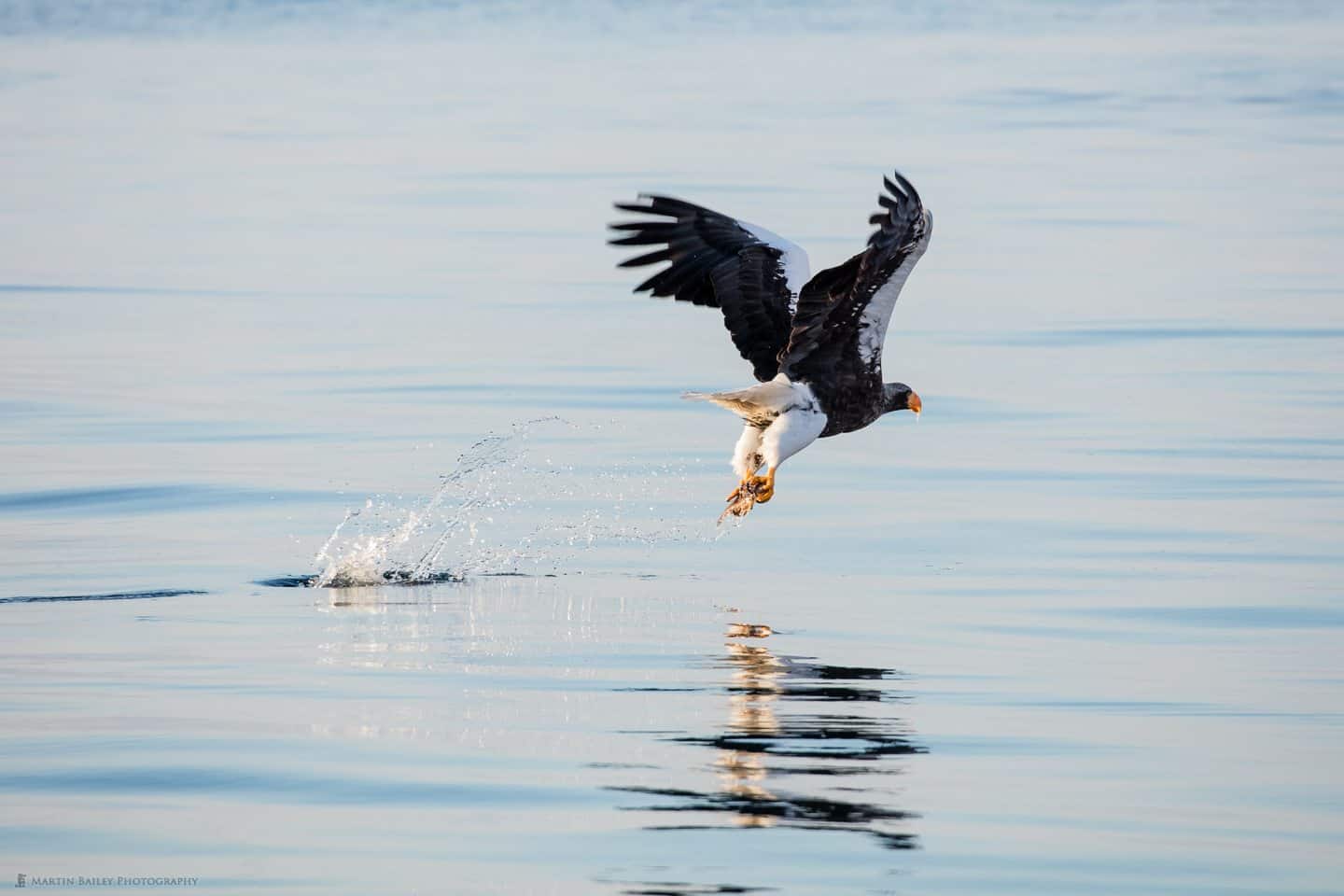
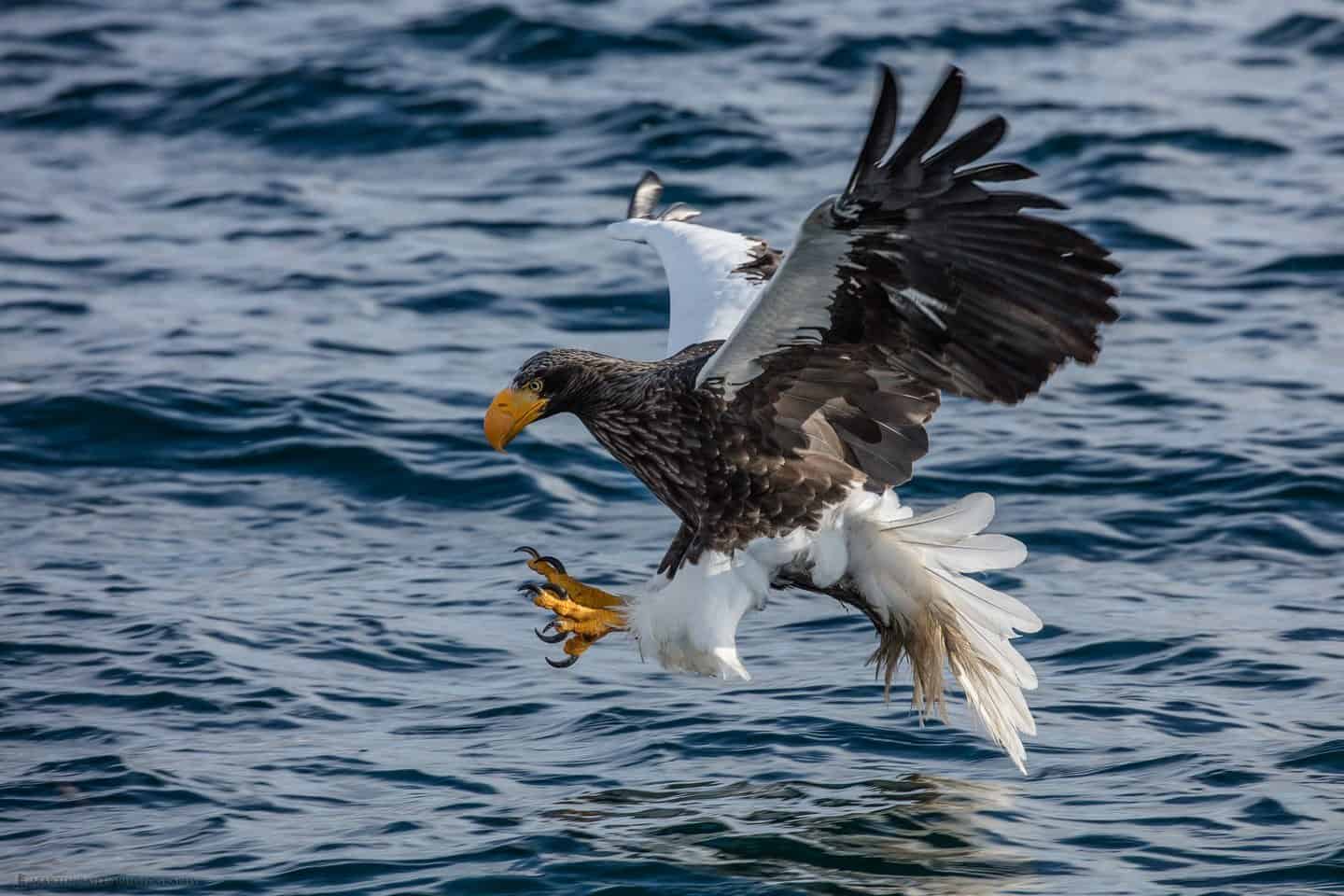

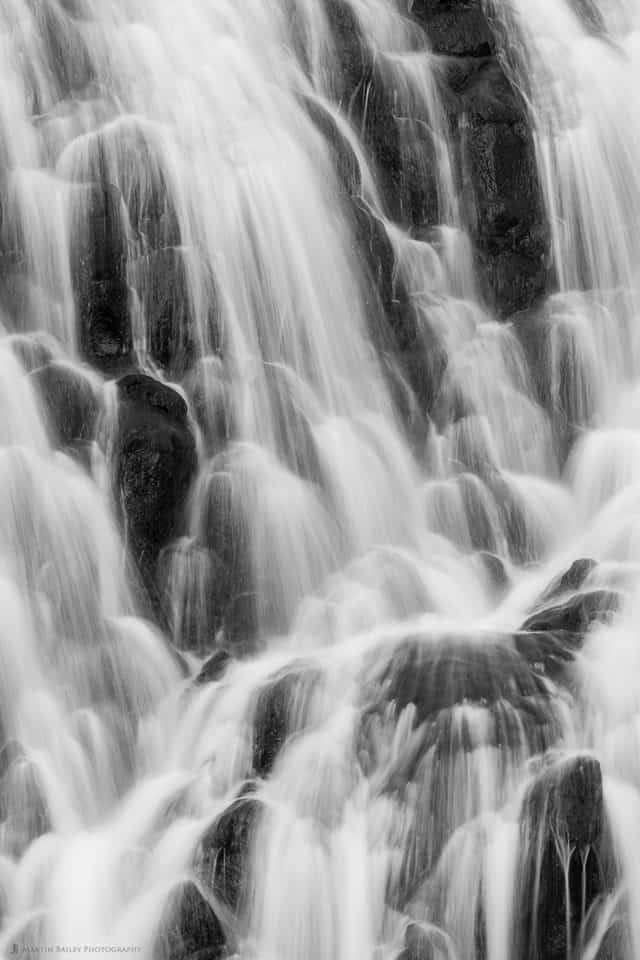
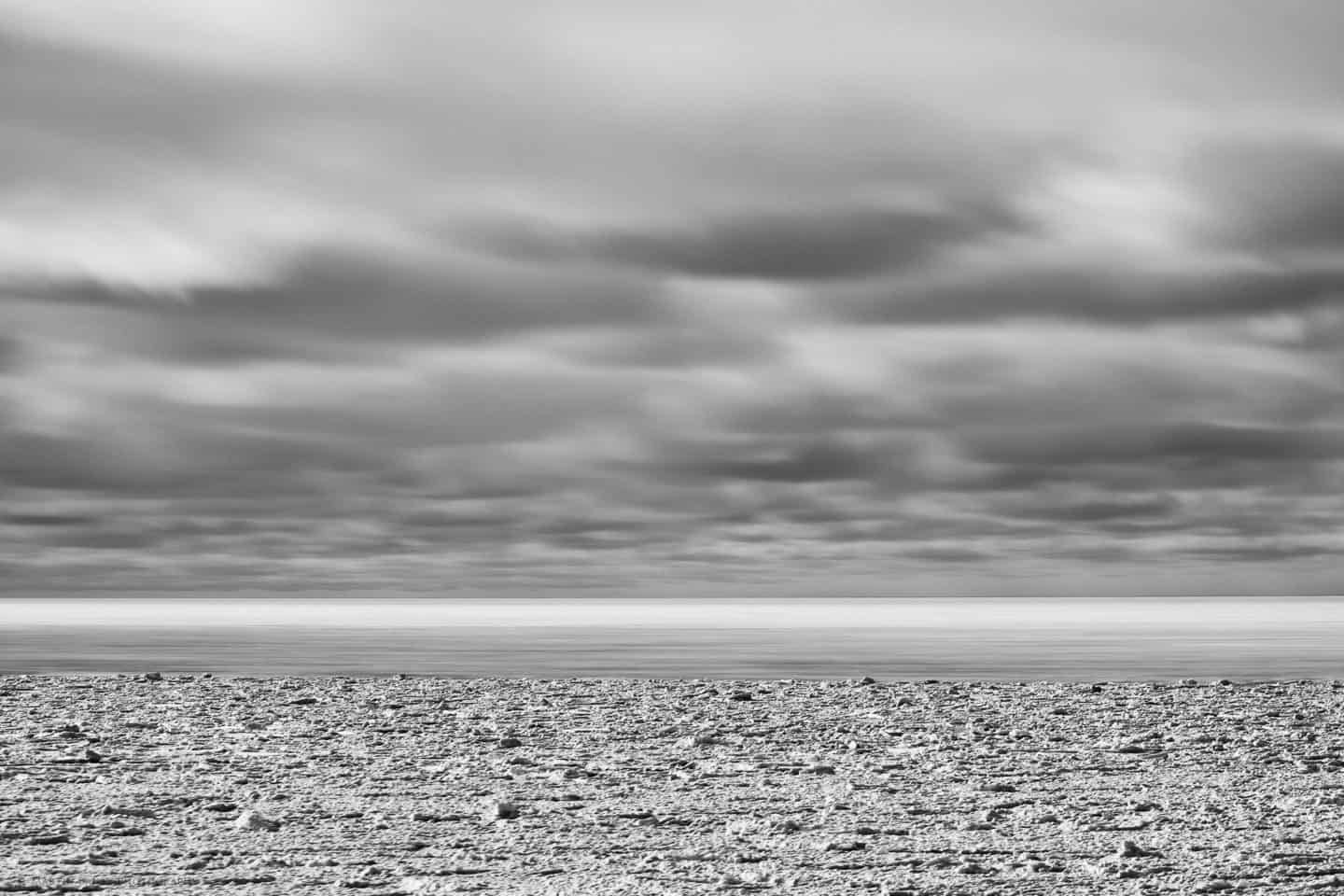
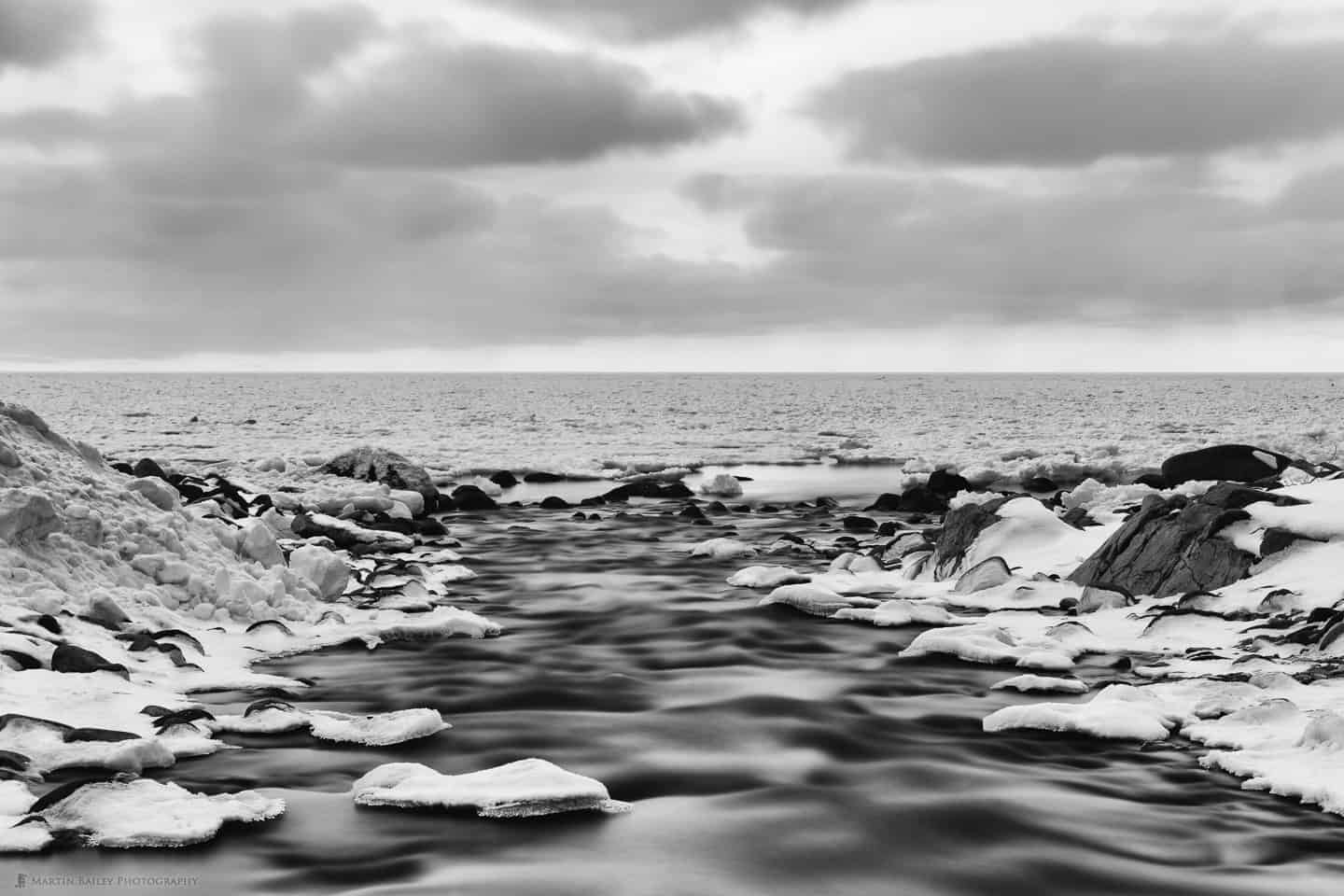

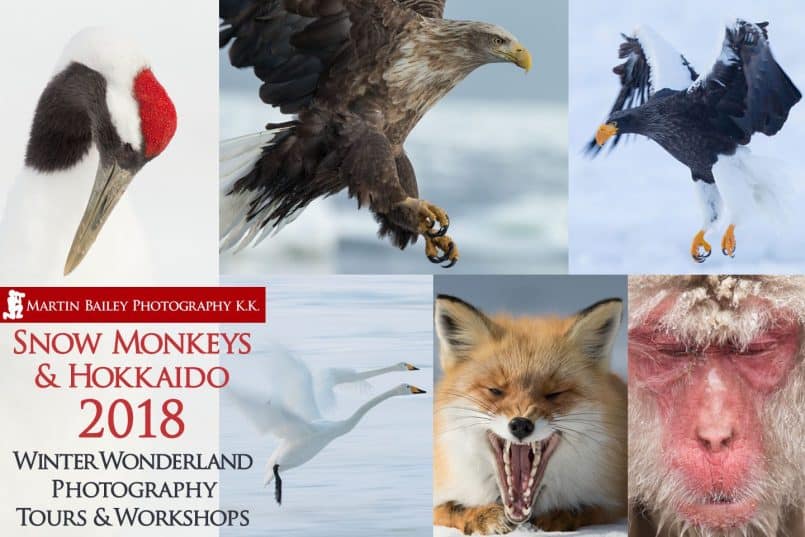

0 Comments